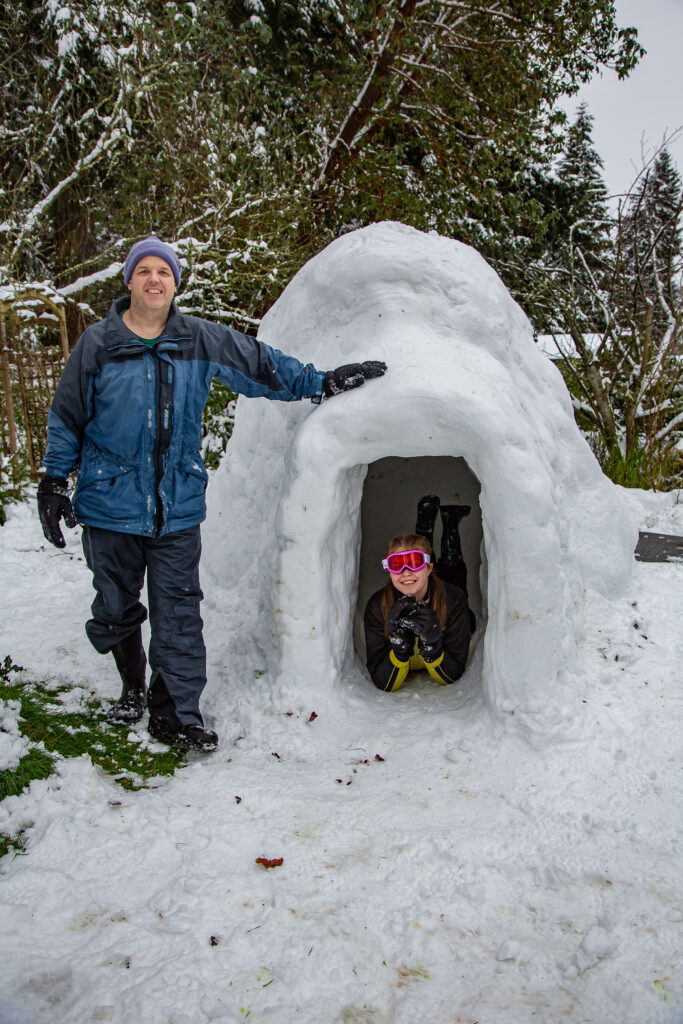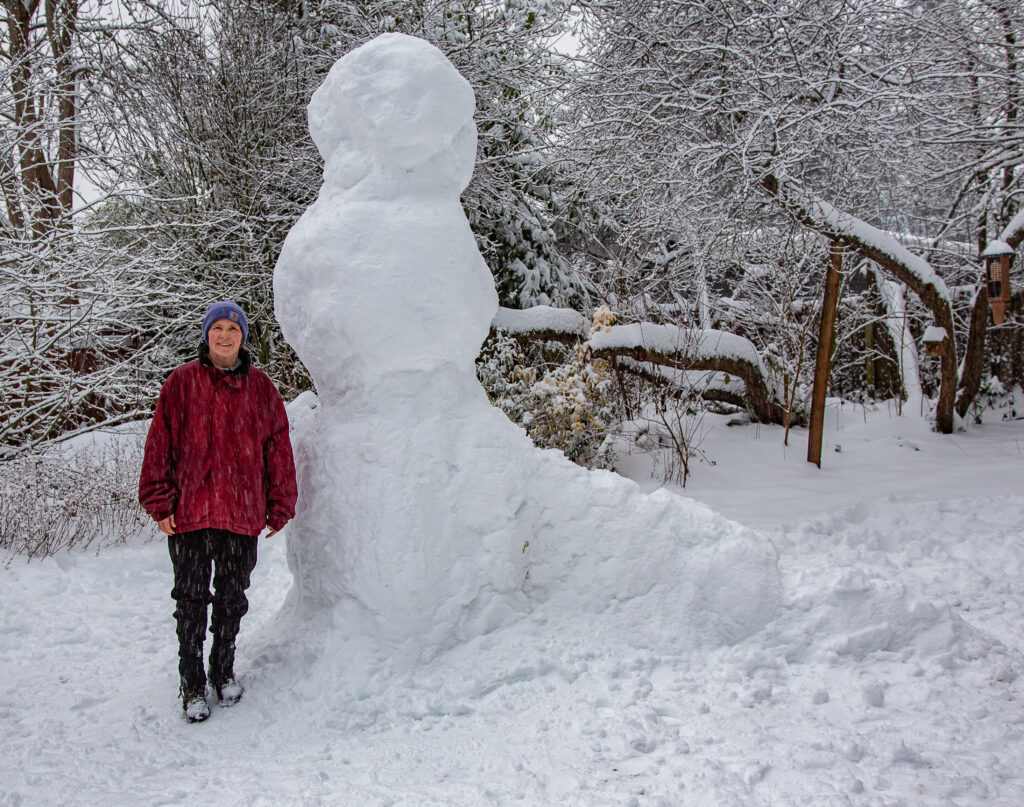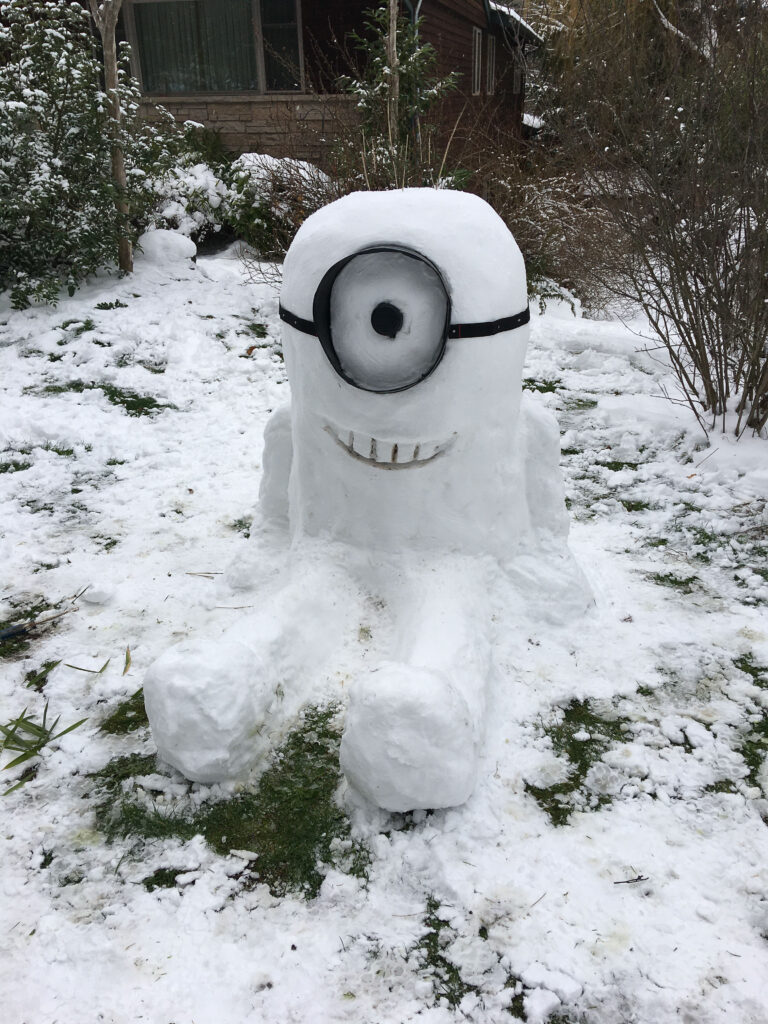This week I have struggled to find my focus. Whenever that happens, I return to something very basic. Something most of us never think about it. In addition to increasing your movement during the winter months, consider exploring breathwork to release stress. Below are a few breathing techniques to try this holiday season. Consider it a new tool in your toolkit, one that is completely free and accessible to anyone.
Whenever you feel like you’ve “flipped” and need to recenter yourself, focus on your breath. Where do you feel the air coming in? Into your chest or your abdomen? Is your breathing shallow and fast, or slow and deep? Breathwork helps if you are climbing a vertical wall and your heels start to bounce up and down (a sensation known as “sewing machine leg”). But it can also help if you see red, such as when a driver swerves too close. Or when some nincompoop with fifty grocery items is in the express-only line in front of you.

Release Stress with Box Breathing
This stress-relieving breathing technique is taught to US Navy SEALS and is great for reducing anxiety or helping regain your center. Take a deep, slow breath in for a count of four. Hold your breath in for four counts. Then let it out to a count of four, and finally hold it out for four counts.
It’s also known as 4*4 breathing. If you were to draw it, it would resemble a box (or square). Simple! 4 counts in, hold 4, 4 counts out, hold 4. Times four. I use this at night when I need to get my mind off my to-do list and place it on something mundane and calming.

According to Healthline, “The slow holding of breath allows CO2 to build up in the blood. Increased blood CO2 enhances the cardio-inhibitory response of the vagus nerve when you exhale and stimulates your parasympathetic (rest and digest) system. This produces a calm and relaxed feeling in the mind and body.”
In other words, rapid shallow breathing (aka hyperventilating) is something you do when you’re in fight-or-flight about to fend for your life, but long, slow, deep breaths are a sign that there is no tiger in the room. Try it and see how it works for you.
Sipping Breath
This is another stress-relieving breathing technique that involves deep slow breathing as though you are inhaling through a straw, holding it for several seconds, and then slowly exhaling through pursed lips. The title link has a 7-minute meditation video to follow to experience it for yourself. If watching a minute video set to mellow, soothing music makes you too anxious (or you’re so tired it might put you to sleep!), you may advance the video to minute 4.

Balloon Breath
Balloon breathing is a popular one to teach young children to get them to calm down and be centered. Place your hands on top of your head. Inhale deeply as though you are about to blow up a balloon, and raise your arms over your head as the lungs inflate fully. Having the hands overhead appears to let more air into the lungs, especially if you have been sitting at a desk or screen all day.
As you slowly exhale, bring your hands back to your head. Repeat three more times. On the last breath exhale with pursed lips to make as silly a sound as you can. Who wouldn’t feel more relaxed after acting like a kid?

Release Stress through Fascia Breathing
If you are interested in doing a deep dive into the importance of breathwork for your tissue health and workouts, Human Garage has a 28-Day Life Reset available for free on YouTube. When I do fascial work, I take three breaths in and out through the mouth and three breaths in and out through the nose. It feels especially helpful on torso rotation to release the tension in my lower back, or a modified pigeon to release my hips. Try it yourself and feel the difference between where the breath goes and what parts of your body reap the benefits.

Candle Breath
Until doing some research earlier today, I was unaware that this was actually a name for a breathing technique. It is as you might expect: take a deep breath in, and then pretend you’re blowing out the candles on a cake. This is a great one for parents with toddlers and grade-school kids, but who’s to say kids are the only ones who can enjoy it?
Release Stress by Creating Your Own
As you explore different breathing techniques, you may notice yourself creating your own version. When I’m having trouble sleeping, I play with each of the, sometimes even combining them into something new. I recently tried a sipping breath (slow straw) with balloon breath (to the point that I think my lungs are full, then I sip in a little more which seems to help the body relax even more) and then exhale slowly, imagining a single candle in front of me in a dark room. I visualize it dancing in the flow of air until it stills, as I hold the air out. It helps to have a specific calming image in mind to shut off my worried brain.

As always if you find these techniques helpful or you have other breathwork you care to share, please post comments in the box below. I love hearing from readers and will respond to each legitimate post.


I love the playful snow creations that illustrate your latest post. With about 3.6 degrees of latitude less and a coastal range separating me from the ocean, I cannot count on snowfalls reliable and substantial enough to create anything bigger than a deflated soufflé lookalike… and soggy mud sculptures seldom will take your breath away (ha! ha!). It never ceases to amaze me how much I take breathing for granted — something my body does very well on its own without my meddling with it. Of course, that is a bit of a naïve perspective; breathing works a whole lot better if I pay attention to it when needed. While I am familiar with some of the techniques you describe (box, fascia), I had fun playing with others. Balloon Breath definitely lived up to it’s billing, making me feel “silly” in a good way and yet experiencing an instantaneous and significant positive effect on my level of tension/stress at the moment. I wish all physical maintenance routines were the same 😊 I did notice that I struggled a tad more with the breathing techniques involving a pursing of the lips, such as “Sipping Breath”; I think this is in good part because some of the sensations (reduced “bandwidth” of the air flow) call back memories of my “adventures” with Asthma. Well, there is enough in there to experiment with and add to my toolbox of stress/anxiety relief “tricks”. Thank you!
Thanks for the comment, Gerard. I love the admission of feeling “silly” – sometimes trying ANYTHING new can make us feel that way — but kudos for trying them out. Have fun experimenting and finding what works best for you!